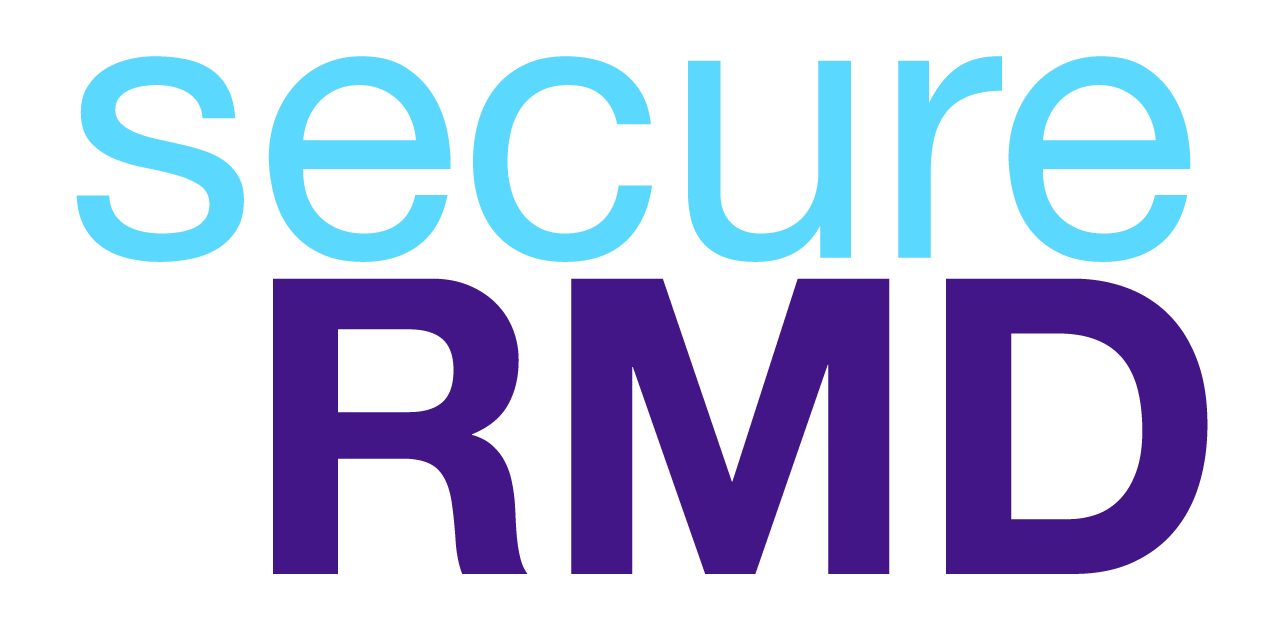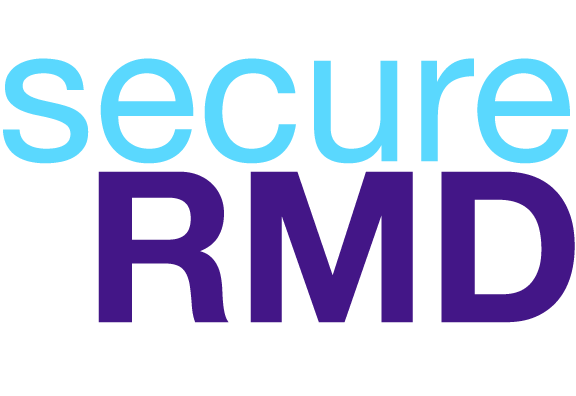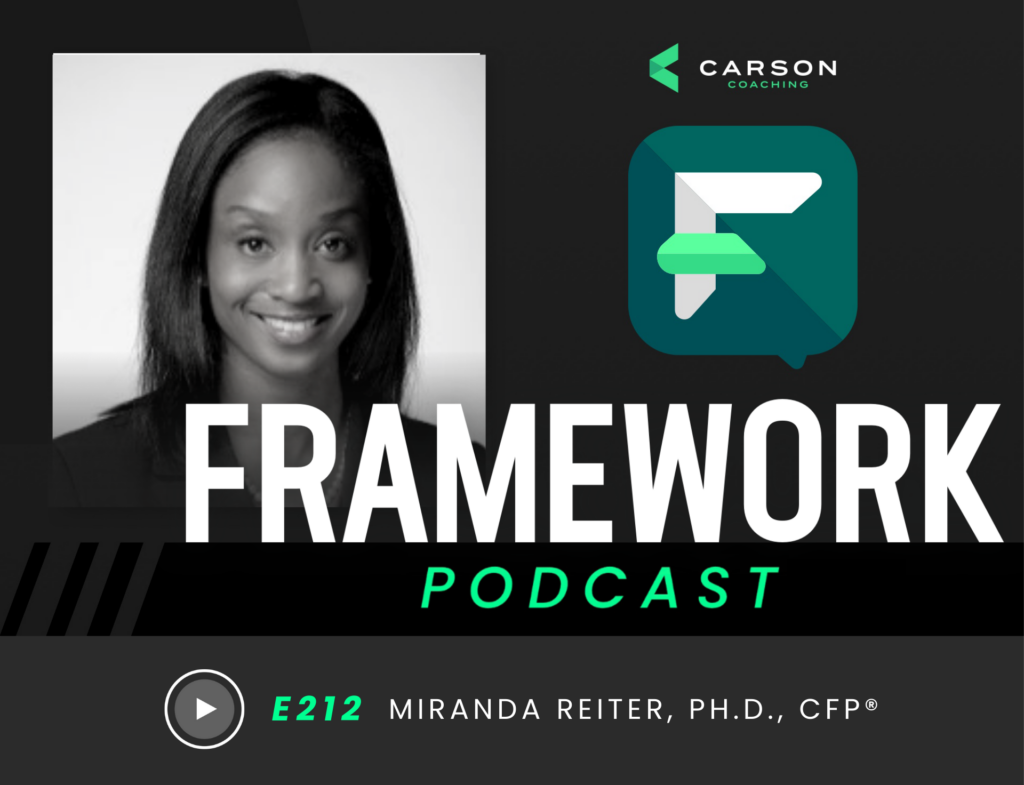Back when the SECURE Act passed in 2019, I wrote an article for Forbes called “Why The SECURE Act Makes 2020 The Year of Missed RMDs.” The reality then was that the two biggest and most impactful provisions of the SECURE Act 1.0 were around required minimum distributions (RMDs) from retirement accounts.
With the passage of the SECURE 2.0 Act bill last month, RMD changes again loom large.
For a bit of background, retirement accounts were created to encourage Americans to save for retirement while working. These retirement accounts were given tax advantages, either tax-deferred growth or tax-free growth in the case of a Roth account. However, the government wanted people to eventually spend these accounts to fund retirement, so they put in rules around mandatory beginning dates for required minimum distributions.
They picked age 70½ as a general starting point to where you had to start taking distributions from retirement accounts. Due to longevity and the risk cost of retirement, Congress passed the SECURE Act in 2019, which pushed out the required beginning date to 72
Now again, in 2022, Congress pushed back RMDs and made other significant RMD changes. Let’s take a quick look at five provisions that will impact RMDs moving forward as part of the SECURE 2.0 Act.
Push Back RMDs to Age 73 and Then 75
Section 107 of the SECURE 2.0 Act would push back the required beginning date (RBD) for participants of qualified retirement plans and IRAs to start taking RMDs.
Starting on January 1, 2023, the RBD will move from age 72 to age 73. However, anyone who already turned age 72 by the end of 2022 is subject to age 72 RBD. Additionally, the age likely increases to age 75 on January 1, 2033.
I say “likely” because right now there appears to be a drafting typo in the bill that will probably get resolved in the future. It appears the intention was to set age 75 as the RBD in 2033 and beyond. This change would give people more time to push off their RMDs, but could also increase RMDs since more money would be in the account longer.
Remove Roth Account Pre-Death RMDs
Section 325 of the SECURE 2.0 Act would remove pre-death RMDs from Roth accounts, like Roth 401(k), and Roth 403(b) accounts.
Under current law, Roth IRAs are not subject to RMDs while the owner is alive. However, Roth 401(k) and 403(b) accounts are subject to RMDs pre-death. Currently, Roth accounts can be rolled into Roth IRAs, which would then not be subject to RMDs. Both Roth IRAs and Roth accounts are subject to post-death RMD rules, which would not change under this provision. This would start in 2024.
Reduction Of Missed RMD Penalty Tax
Section 302 of the SECURE 2.0 Act would reduce the penalty for missing an RMD from 50% penalty tax to 25% penalty tax. Additionally, if the RMD is corrected in a timely fashion, it would reduce the penalty again down to 10%. While this provision looks beneficial on its face to retirement plan participants, don’t start the party too soon.
The IRS has rarely enforced any penalty at 50% for corrected RMDs if they are corrected in a timely manner. In part, it seemed too harsh. But with a lower 10% penalty, people might miss RMDs more often and it’s possible that with increased IRS funding and scrutiny on reviews, the IRS will enforce more penalties. Ultimately, this could lead to more missed RMDs and more penalty taxes.
Removed Barriers for Life Annuities and RMD Rules
Section 201 of the SECURE 2.0 Act removes a few barriers for life annuities in qualified plans and IRAs that have arisen due to the actuarial test required in calculating RMDs with annuities.
In short, certain features were not permitted with a lifetime annuity inside of a retirement plan or IRA because it would not adhere to the strict RMD tests. For instance, if an annuity had a benefit increase of 2% a year, that might fail the RMD test. This change would allow annuities to offer an increasing payment if that payment is a “constant percentage” increase at least annually and no more than 5% increase a year.
Additionally, the changes would allow someone to choose a lifetime income annuity with a return of premium at death benefit and still meet the RMD rules. Ultimately, this makes lifetime income annuity decisions inside of defined contribution plans and IRAs more appealing because a broader range of products will not meet the RMD rules.
Eliminating RMD Increase on Partial Annuitization
Section 204 of the SECURE 2.0 Act allows for participants to elect aggregate distributions from both portions of a retirement account in order to determine if the distributions meet the RMD rules.
Today, if you annuitize (turn on annuity income from an annuity inside of a retirement account), you have to test that annuity as its own RMD account and then also take an RMD from the remaining account balance. In essence, you must bifurcate the annuitized portion and the remaining account balance, and both must meet separate RMD requirements.
This could cause someone to take out more RMDs in the aggregate across both distributions due to the annuity paying out more than what is needed and then having to still meet the RMD from other remaining account balance. The new rules would allow someone to treat this all as one distribution for purposes of RMD accounts.
The Complexity Remains
RMD rules in real-life applications are complex and often need a second look. While the SECURE 2.0 Act makes some reasonable changes to RMD rules, it doesn’t remove the complexity around them.
Make sure you understand the rules so you don’t miss your RMDs and end up subject to penalties. Additionally, make sure you aren’t taking more out than you need and subjecting yourself to unnecessary taxes. Overall, the new bill’s changes lean in favor of relief for retirees by reducing taxes, pushing out RMDs and making annuities more friendly inside of retirement accounts.
For a comprehensive review of your personal situation, always consult with a tax or legal advisor. CWM, LLC, any other named entity or any of their representatives may not give legal or tax advice.
Jamie is not affiliated or registered with Cetera Advisor Networks LLC. Any information provided by Jamie is in no way related to Cetera Advisor Networks LLC or its registered representatives. Jamie is not registered with CWM, LLC as an investment advisor representative and does not provide product recommendations or investment advice.







